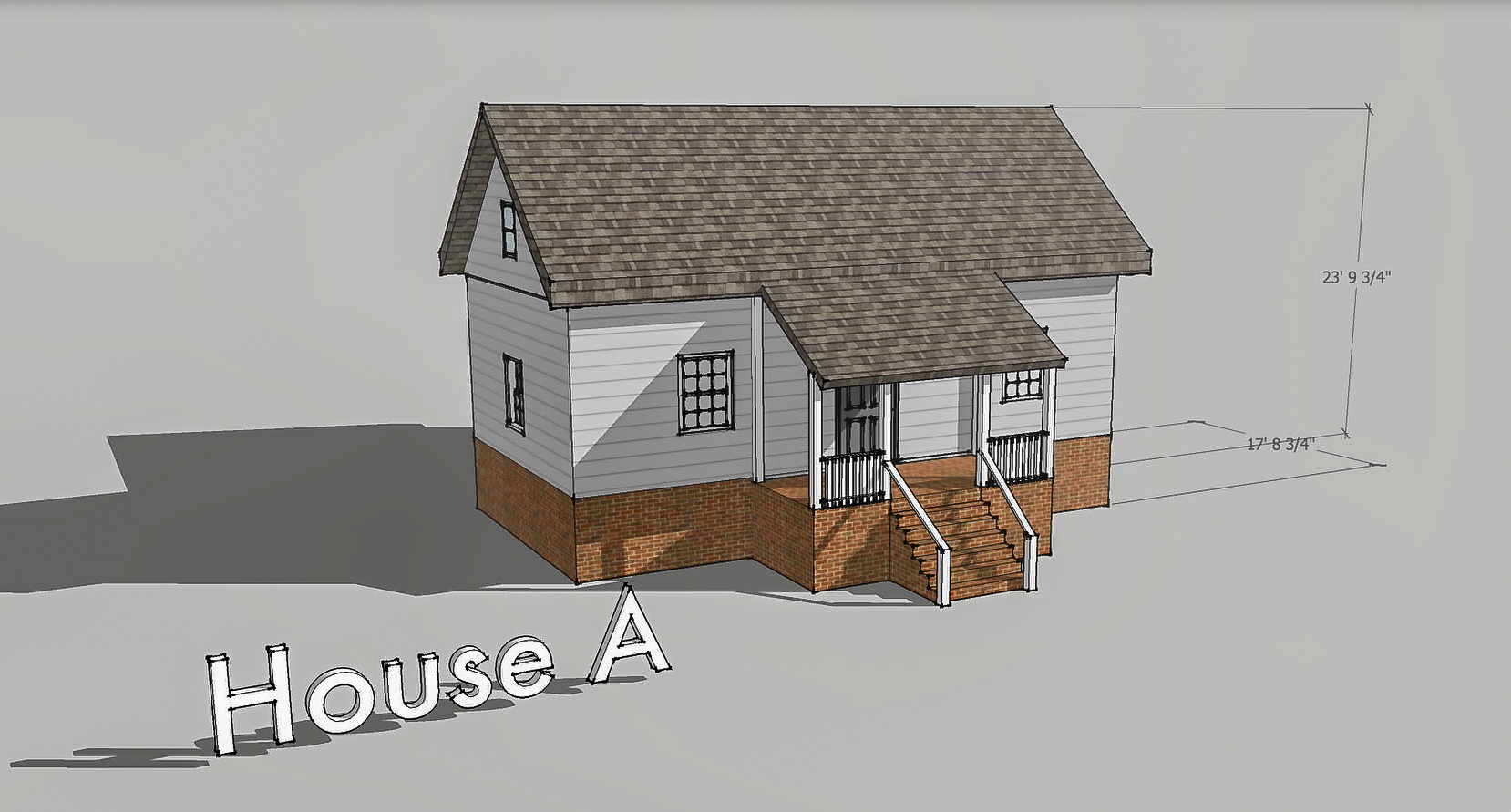 Project source material: Architectural drawing: West Elevation for New Mill for The Loray Mills, Gastonia, NC, April 21, 1900.
Project source material: Architectural drawing: West Elevation for New Mill for The Loray Mills, Gastonia, NC, April 21, 1900.
Mapping and Modeling Historical Environments
Spring 2016
Undergraduate + Graduate Lecture/Lab
Department of History, University of North Carolina, Chapel Hill
How can digital maps and 3D models help us to understand the past? What are the theories that inform the use, methods, and impact of 3D technologies, and what are the implications for scholarship?
In this course, students explored the use of digital methodologies for the spatial modeling of historical places and events. Critical issues pertaining to the reconstruction of the past were covered, as well as technical skills in digital mapping and modeling with tools such as Google Earth, SketchUp, ArcGIS, and CityEngine. Students gained knowledge in the theory and practicum of digital humanities as well as an understanding of spatial approaches to historical material.
Exhibitions
In this course, students explored the use of digital methodologies for the spatial modeling of historical places and events. Critical issues pertaining to the reconstruction of the past were covered, as well as technical skills in digital mapping and modeling with tools such as Google Earth, SketchUp, ArcGIS, and CityEngine. Students gained knowledge in the theory and practicum of digital humanities as well as an understanding of spatial approaches to historical material.
Exhibitions
The class contributed 3D Map and 3D architectural models to the Loray Mill Project, a digital public history project of the Digital Innovation Center at UNC Chapel Hill. The map and models were exhibited to the public at the Loray Mill History Center open house in Gastonia, NC in Spring 2016.



